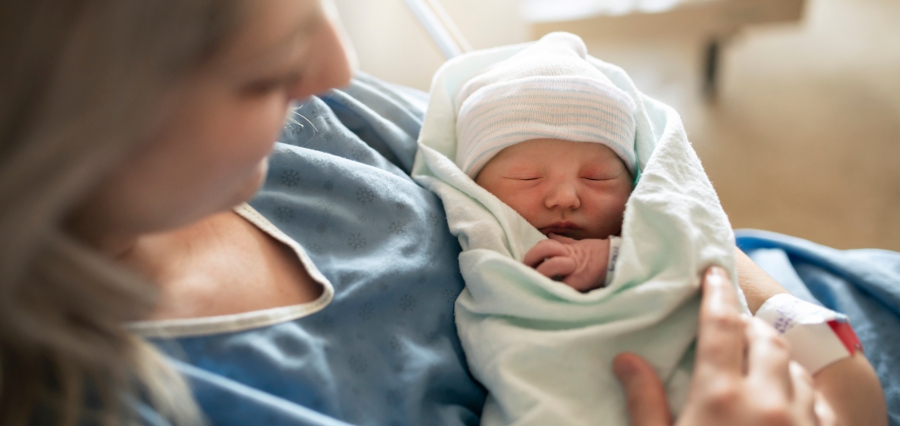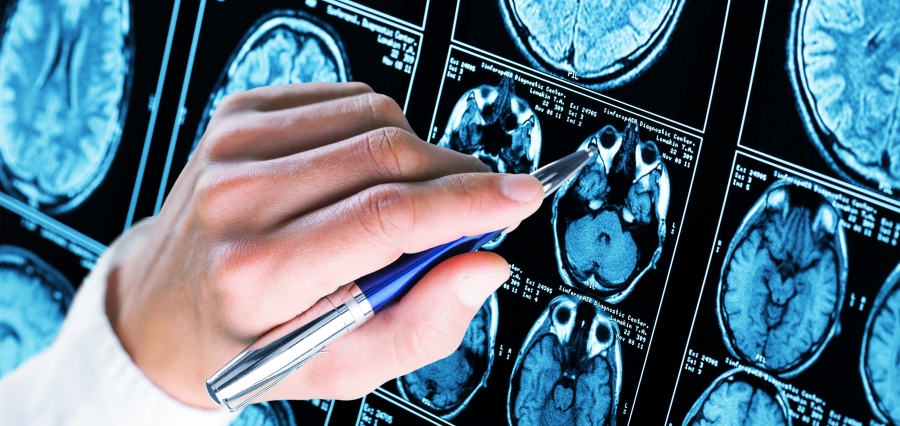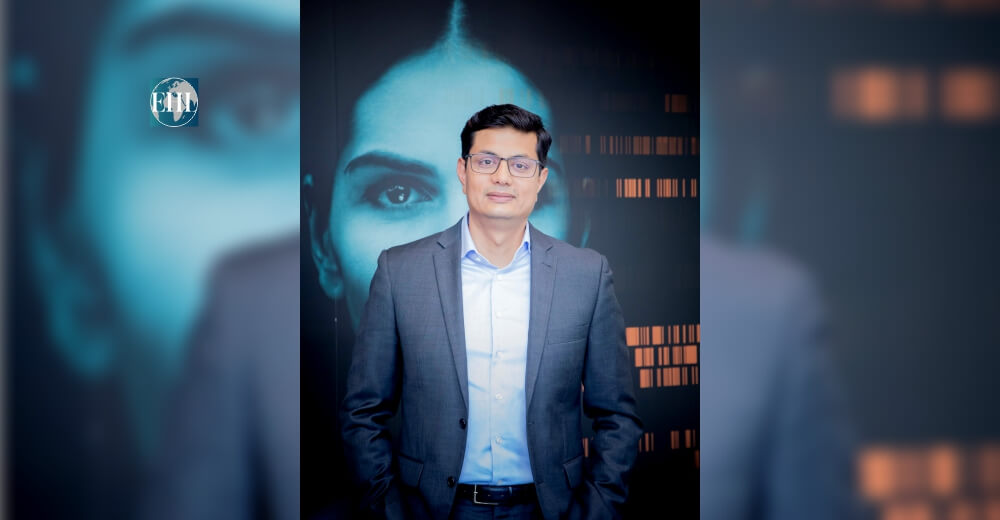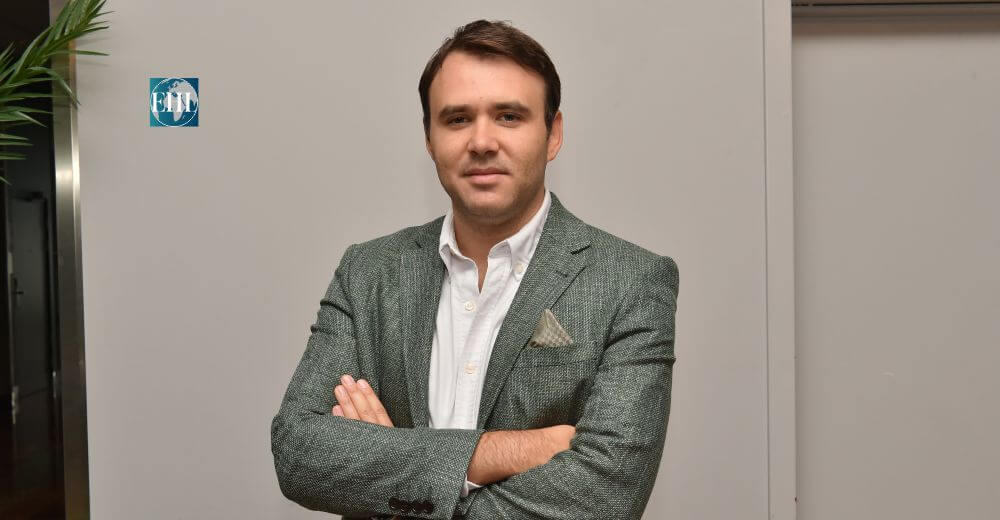With her symbolic expertise, Anna Lucchesi stands as a pioneer of innovation in health management and clinical dentistry. Her journey—characterized by a relentless pursuit of her passions—has led to a diverse array of experiences that have solidified her position as a reference figure in her field. A commitment to continuous learning and growth marks Anna’s professional trajectory.
Armed with strong fundamentals in aesthetics, nutrition and dentistry, she embarked on a journey of advanced training that would shape her career profoundly. Training at esteemed institutions such as the Messegue Center and Bd Academy in Milan equipped her with the knowledge and skills to become a trusted trainer, instructor, and advisor in the realms of beauty and advanced aesthetics.
As a Beauty Manager, Anna oversaw operations at various advanced aesthetic medicine centers and specialized in oncological aesthetics, all while staying abreast of the latest developments in cosmetic technology. Her innovative spirit led her to spearhead projects such as the first Skin Bar in her area, where she formulated a unique cosmetic line crafted from natural and edible ingredients.
In 2021, Anna’s expertise was recognized as she was included in the list of regional industry experts for examination commissions, a testament to her standing within the industry. Her dedication to holistic health led her to pursue further education, graduating as a dietary therapist in Traditional Chinese Medicine and obtaining a degree in human nutrition sciences.
Not content with conventional boundaries, Anna embarked on ambitious projects transcending traditional disciplinary lines. Her project, “themetionalfood,” launched in 2019, aimed to explore the intersection of emotion and nutrition. It garnered attention with a research abstract presented in Paris the following year.
Anna’s foray into dentistry was catalyzed by the challenges posed by the COVID-19 pandemic. Called upon to lend her managerial expertise to a private healthcare facility specializing in oral surgery, she seamlessly integrated her knowledge into this new domain. Her contributions didn’t go unnoticed, as evidenced by her abstract on advanced aesthetics and aesthetic dentistry in 2021 and her thesis exploring the nexus of dentistry and oral nutrition.
With a passion for preventive healthcare, Anna initiated the Sugar War project, which aims to foster awareness of dietary education and oral prevention among children and adolescents.
Through this initiative, she seeks to promote a culture of oral health and overall wellness, particularly within educational institutions.
Understanding Fundamentals
When a dental extraction occurs without replacing the missing tooth, it sets off a chain reaction of physiological changes that extend far beyond the oral cavity. With her expertise in health management and clinical dentistry, Anna elucidates the profound impact of tooth loss on facial structure and function.
The natural shape of the maxillary and mandibular bone, crucial for maintaining facial dimensions, relies on the presence of teeth. However, when teeth are lost and not replaced, the bone begins to recede, leading to a loss of vertical dimension in the face. This results in the lips drawing closer together and the surrounding tissues losing their tone, contributing to a noticeable change in facial appearance and premature aging.
The absence of teeth, whether incisors, canines, or molars, significantly alters facial contours. Sunken cheeks and a protruding chin become apparent, creating a hollow appearance around the mouth. This alteration affects not only aesthetics but also functional aspects such as chewing and muscle usage, which in turn affects the tone of facial muscles and speech patterns.
Speech problems may arise due to the repositioning of the tongue on the palate, leading to difficulty pronouncing certain syllables. Moreover, tooth loss can result in changes in smile dynamics, as individuals may subconsciously adjust their smiles to conceal gaps or missing teeth.
Even aesthetic interventions such as lip augmentation with hyaluronic acid can inadvertently draw attention to dental imperfections. Therefore, Anna emphasizes the importance of considering both dental aesthetics and oral health when undergoing cosmetic treatments.
The consequences of not replacing missing teeth extend beyond mere aesthetics, impacting facial structure, speech, and overall oral health. Anna’s insights remind patients of the sophisticated interplay between dental health and overall well-being, urging patients to prioritize comprehensive dental care to preserve both function and aesthetics.
Rapid Transformation with Full Arch Rehabilitation
With her profound understanding of dental health and patient care, Anna emphasizes the importance of maintaining an excellent daily oral hygiene routine and scheduling regular dental check-ups every 6 to 12 months. However, if the need for dental implants arises, Anna outlines the patient’s journey through the process:
- Initial Evaluation: The dentist thoroughly assesses the case using advanced radiological techniques to analyze the bone structure for implant placement. Once feasibility is confirmed, the method of intervention is decided, often opting for techniques like the Flapless technique to minimize invasiveness.
- Treatment Planning: The intervention and prosthetic device are meticulously planned, including material selection and color matching to ensure seamless integration with the patient’s natural dentition.
- Intervention Day: The patient is greeted with a supportive atmosphere in the surgical unit, where any pre-intervention anxieties are swiftly addressed by empathetic professionals. The procedure itself is typically brief, lasting no more than 30 minutes for a single tooth, and the discomfort is manageable for most patients without the need for painkillers upon discharge.
- Immediate Results: In cases of full arch rehabilitations, patients may return within 12 to 24 hours for final delivery, allowing for a rapid transformation and the possibility of “wearing” a new smile in a remarkably short timeframe.
- Post-Surgical Care: Following the procedure, the patient receives ongoing support and guidance from the dental team. Typically, patients can resume daily activities within one day for a single-tooth implant, reflecting the efficiency and effectiveness of modern implantology techniques.
- Aesthetic Considerations: Anna underscores the importance of dental implantology in preserving the aesthetics of the smile, highlighting that alternative solutions may not always achieve the desired cosmetic outcome. By prioritizing patient comfort and aesthetic integrity, Anna ensures that each individual receives comprehensive care tailored to their unique needs.
Anna’s approach to dental implantology combines technical precision with compassionate patient care, offering a streamlined pathway to restored oral health and confidence in one’s smile.
Advantages and Disadvantages of Different Attachment Methods
Anna underscores the versatility of removable prostheses in replacing partial or entire dental arches, offering a solution that balances functionality with convenience. She elaborates on the characteristics of partial removable prostheses, particularly the skeleton prosthesis, which comprises a metal or skeleton structure, resin reproduction of the gingival saddle, and dental elements in ceramic or resin.
The anchoring of the skeleton prosthesis to the remaining teeth can be achieved through hooks or metal attachments. While the former is simpler and more cost-effective, it may compromise aesthetic success due to visible hooks, especially if placed in the frontal portion of the arch. Conversely, utilizing hooks that are visible only on the internal aspect of the arch allows for a superior aesthetic outcome and increased stability, albeit requiring prior encapsulation of the supporting teeth.
However, Anna highlights that dental implantology emerges as a solution offering both high aesthetic and functional quality, particularly in contexts where aesthetic considerations are paramount. As societal norms evolve, with a reduced reliance on masks and a renewed emphasis on smiles, prioritizing dental health and aesthetics will eventually become imperative.
Anna’s insights underline the importance of considering various treatment options in dental prosthetics, with a focus on achieving optimal aesthetic outcomes and functional efficacy. By embracing advancements in dental implantology, individuals can attain a level of confidence and satisfaction in their smiles that transcends conventional prosthetic solutions.
Addressing Dental and Aesthetic Aspects Specific to Women
Anna’s exploration of Immediate Load Implantology in women presents a revolutionary approach to restoring both masticatory function and smile aesthetics. Through a comprehensive study, she delves into the efficacy of this technique, specifically tailored to the unique physiological and anatomical aspects of women.
The research is rooted in a meticulous analysis of data from clinical studies, literature reviews, and clinical cases, aiming to elucidate the impact of immediate load implantology on women’s oral health and overall well-being. Key considerations include factors such as bone density, hormonal stability, and facial morphology, with a particular focus on the characteristics of the female smile.
Anna emphasizes the critical role of facial symmetry, tooth color, and shape in achieving satisfactory aesthetic outcomes, acknowledging the significance of these factors in bolstering patient satisfaction and confidence. Moreover, she explores the clinical and psychosocial implications of immediate load implantology, highlighting reduced healing times and improvements in patients’ quality of life.
Also, Anna addresses the complex dental and aesthetic aspects specific to women, including gingival health, soft tissue management, and the preservation of feminine facial contours. By understanding and incorporating these nuances into treatment plans, practitioners can optimize aesthetic results and ensure the long-term stability of implant-supported restorations.
The study also recognizes the psychological factors at play, such as body image perception and self-esteem, underscoring the importance of providing patient-centered care that addresses both physical and emotional needs.
In addition to clinical insights, Anna highlights the role of technological advancements and biocompatible materials in enhancing the precision and predictability of immediate load implantology. Advanced diagnostic tools like cone beam computed tomography (CBCT) and intraoral scanners facilitate accurate treatment planning and implant placement, while durable materials offer aesthetically pleasing prosthetic solutions.
Anna’s research advances the understanding of Immediate Load Implantology in women. It offers a holistic approach that integrates clinical expertise, technological innovation, and a deep appreciation for the unique needs and characteristics of female patients.
Read More: Click Here









